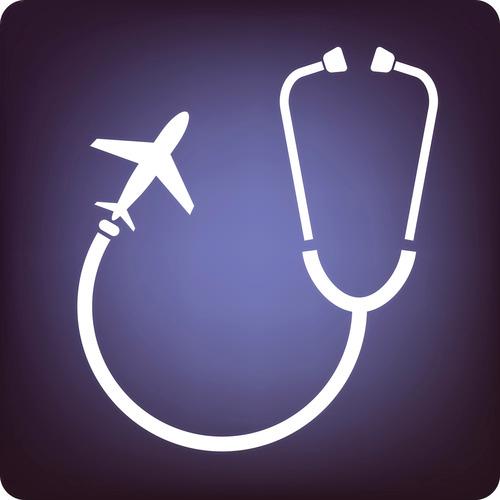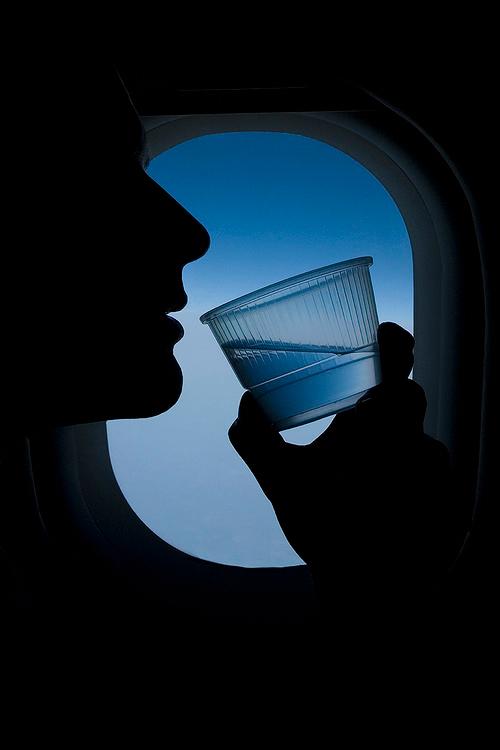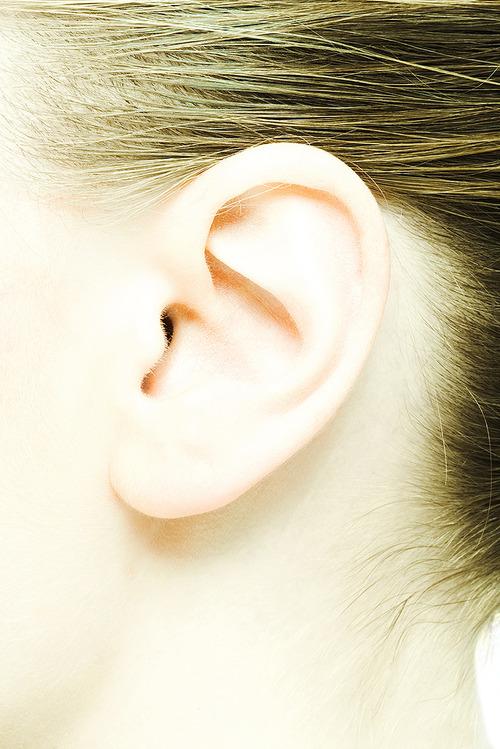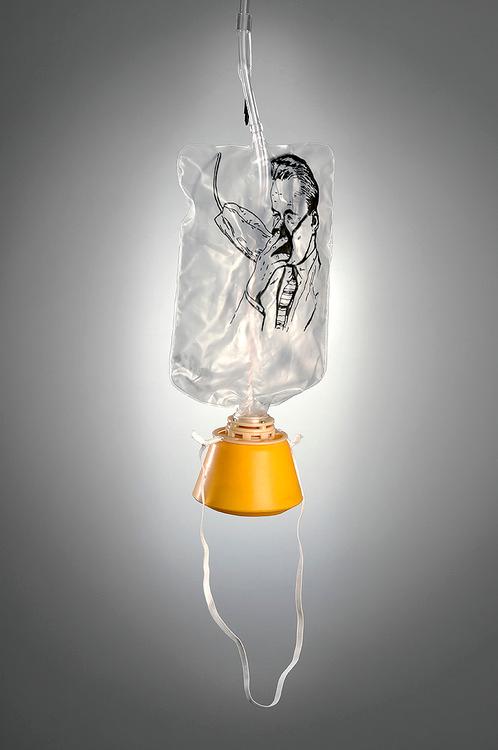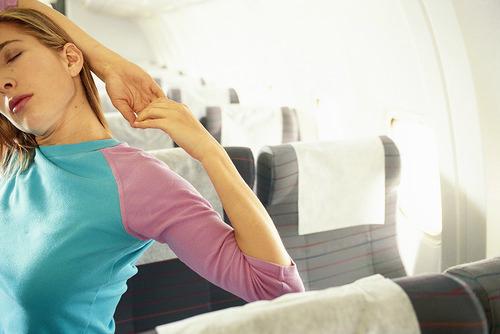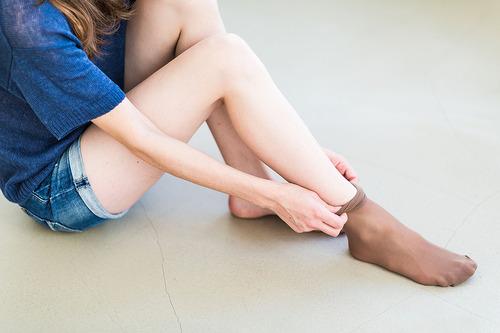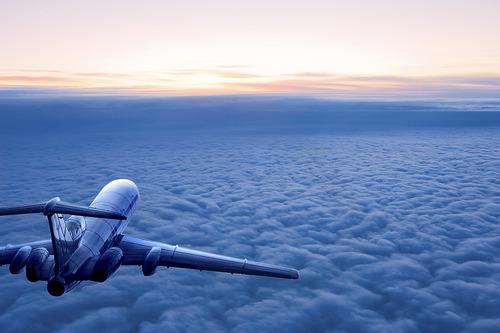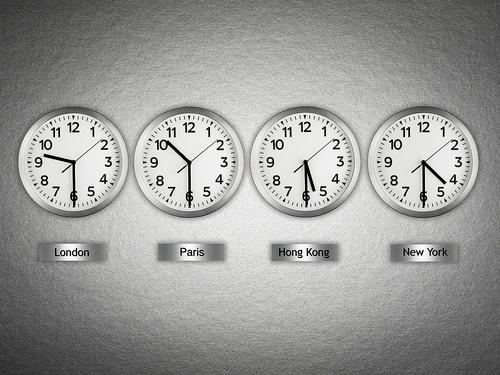What really happens to your body when you fly? What health risks should you be concerned about? (Photo: Thinkstock)
Let's face it: Human beings weren't designed to spend hours at a time packed inside a pressure-controlled capsule with recycled air and manufactured heat with hundreds of other people tens of thousands of feet in the air. But that's what we do — some of us often — every time we get on an airplane. Add in the jet lag and sleeplessness, and you have a recipe for true physiological torture.
So what really happens to your body when you fly? And what can you do to combat, or at least minimize, the effects?
Dehydration
Flying can lead to serious dehydration, so be sure to drink plenty of water, both before and during the flight. (Photo: Getty Images)
As far as the human body goes, dehydration is the most punishing effect of flying. Our bodies are designed to be most comfortable at around 50 percent humidity. But an airplane cabin's humidity can be as low as 10 percent. That's really dry. Drier, in fact, than being in a desert. This level of extreme dryness can lead to dehydration — and rapidly.
According to the
Mayo Clinic, dehydration causes "dry mouth, skin, eyes, and mucous membranes. It can cause headache, constipation, thirst, reduced urination, and in extreme cases, low blood pressure, rapid heart rate, and fever." Dry sinuses, nostrils, and throat, caused by dehydration, can make passengers a lot more prone to infection. To combat these symptoms, drink plenty of water, both before and during the flight. Alcohol, coffee, and tea all have diuretic properties and can dehydrate you further, so take it easy on those beverages when you fly.
Ear pain
The pressure changes that occur during flight can lead to severe pain in the ear canal. (Photo: Getty Images)
When cabin pressure changes during takeoff and landing, the air on your ears can expand, causing pressure within the ear canal. If this pressure cannot be released, due to a blockage from a cold for example, it can cause severe ear pain. Motion sickness also starts in the ears, and this trapped gas can make a passenger feel nauseous.
To alleviate the pressure, the World Health Organization recommends swallowing, chewing, or yawning. "As soon as it is recognized that the problem will not resolve itself using these methods, a short forceful expiration against a pinched nose and closed mouth (Valsalva maneuver) should be tried and will usually help."
Oxygen Deprivation
If you're having trouble breathing, let the flight crew know, so they can provide you with oxygen. (Photo: Getty Images)
Flying can also do a number on your breathing. The lower oxygen levels in the plane's pressurized air can lead to minor oxygen deprivation. Over time, this can lead to lightheadedness, shallow breathing, difficulty concentrating, and aching joints. If you find yourself having difficulty breathing on board a flight, always let a flight attendant know. He or she may be able to provide you with an oxygen supply or increase the airflow to the cabin.
Swelling
To improve circulation and prevent swelling, get up, walk around, and stretch! (Photo: Getty Images)
The lower pressure in the cabin can lower blood pressure, affecting blood circulation. Combine this with long periods of inactivity and passengers, especially on long haul flights, can experience swelling in the feet, ankles and lower legs. To limit swelling, wear support socks and try to get up and move around the cabin every 30 minutes. In your seat you can flex and stretch out your feet to increase circulation to your lower extremities.
DVT
Wear support stockings to prevent swelling that could lead to a dangerous blood clot. (Photo: Corbis)
This is one of the scariest physical side effects of flying: swelling in the feet and legs that can be an indication of blood clots, which can be potentially fatal. "Deep vein thrombosis, or DVT, is a blood clot that forms in a deep vein in the body, usually in the lower leg or thigh," according to the
National Heart, Lung, and Blood Institute. The clot can block blood flow to the leg, causing swelling. "A blood clot can also dislodge or break off and travel through the bloodstream to the lungs, where it can block blood flow. This can then damage the lungs and other organs and even be fatal." To help prevent blood clots, moving around periodically during the flight and wearing support stockings will help keep blood circulating through the legs. If you start to feel short of breath or experience chest pain, and if your legs swell after your flight, you should seek medical attention.
Radiation exposure
Higher altitudes mean thinner atmosphere, exposing passengers to higher levels of radiation while in flight. (Photo: Getty Images)
Up at 30,000 feet, the Earth's atmosphere is much thinner. And that exposes plane passengers to a much higher level of cosmic radiation than at ground level. For example, a flight from New York to Los Angeles can expose a passenger to roughly the same level of radiation as one-third of a chest X-ray. This level of radiation is unlikely to cause most people any long-term issues, but it can be more of a concern to air flight crew or frequent fliers, as long-term exposure to radiation can cause cellular changes in the body.
Jet lag
Traveling from one time zone to another is enough to wreak havoc on your body as well as your sleep patterns. (Photo: Getty Images)
The usual rule states that for every hour you travel through the time zones, it takes one whole day to adjust your body to the new time. And the further you fly, the worse you are likely to feel. Jet lag can have some pretty strong physiological effects on the body aside from just impacting your sleep patterns. It can cause fatigue, headaches, irritability, digestive issues, and even nausea and loss of appetite. Many experts believe the best remedy for jet lag is light — that by controlling your exposure to sunlight in the beginning stages of your trip, you can help rebalance your circadian rhythm (body clock).
